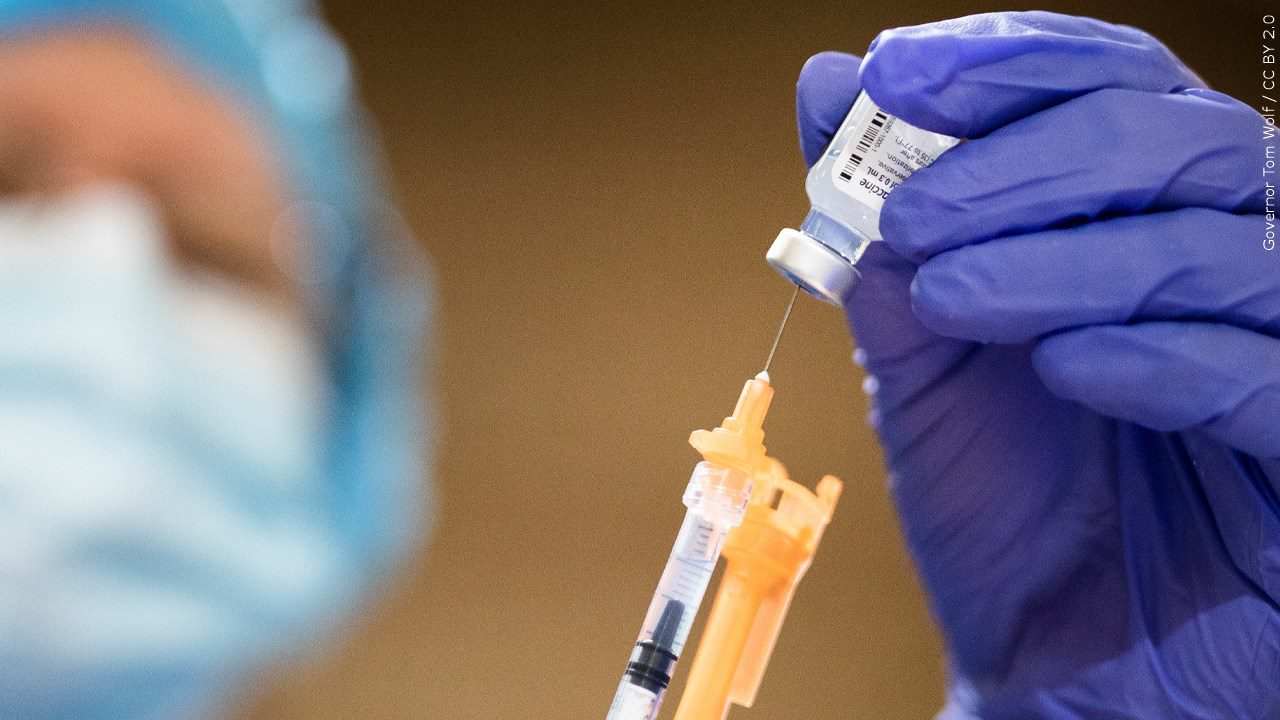Study reveals disparities in Minnesota’s COVID-19 vaccination rates

Credit: MGN
(ABC 6 News) – A new study from the University of Minnesota School of Public Health (SPH) State Health Access Data Assistance Center (SHADAC) shows that vaccination rates for some racial and ethnic groups lagged behind rates for the state’s white population.
The study calculated “time-to-vaccination” outcomes — estimates of the length of time it took to vaccinate 50% of people in different demographic subgroups — which reveal examples of the inequities in Minnesota’s COVID-19 vaccination efforts. Key findings include:
- Overall vaccination rates hide disparities: While Black, Latino and white residents of Minnesota had similar COVID-19 vaccination rates by the end of 2022, there were stark disparities in time-to-vaccination. While Minnesota fully vaccinated 50% of white residents within six months, it took roughly twice as long to fully vaccinate 50% of Black and Latino residents.
- Minnesota underperformed in vaccinating American Indian people: By the end of 2022, just over half of Minnesota’s American Indian and Alaska Native population had been fully vaccinated against COVID — compared to 65% of white people. Additionally, it took Minnesota 15 months to vaccinate 50% of its American Indian and Alaska Native population — roughly two-and-a-half times longer than it took to reach 50% of the state’s white, Asian, and Native Hawaiian and Pacific Islander population.
- Minnesota lagged in vaccinating young adults: The state took eight months to fully vaccinate 50% of young adults from the time vaccines were first authorized. By the end of 2022, only about two-thirds of young adults were fully vaccinated.
- Minnesota rapidly vaccinated its elderly population: The state was able to fully vaccinate 50% of elderly residents within three months of when the first COVID-19 vaccine received emergency-use authorization. And by the end of 2022, almost the entire population of elderly Minnesota residents had been fully vaccinated.
- Minnesota performed best in vaccinating urban/suburban areas: At the end of 2022, almost three-quarters of Minnesota’s urban and suburban populations were fully vaccinated against COVID-19, compared to just over half of people in rural, exurban and small-town communities. Similarly, Minnesota was faster to vaccinate people in urban and suburban communities. The state reached 50% of people in urban and suburban communities within five months, but it took nine months for people in small towns and 12 months to reach people in rural and exurban communities.
“Disparities in the distribution of COVID-19 vaccines highlight the shortcomings and pervasive inequities in the U.S. health care and public health systems,” says Colin Planalp, a senior research fellow at SHADAC and the study’s lead author. “Identifying these disparities, especially the glaring differences in the time it took to vaccinate various populations across the state, can be a useful tool for policy makers and public health officials in addressing future health emergencies.”
Learn more about the study, HERE.